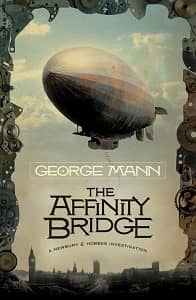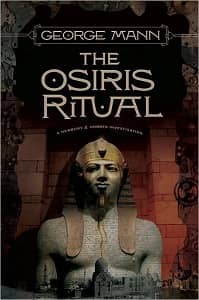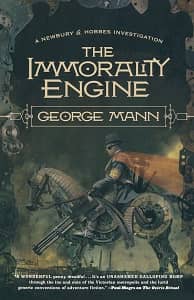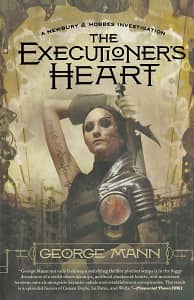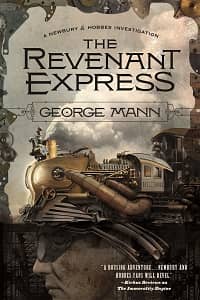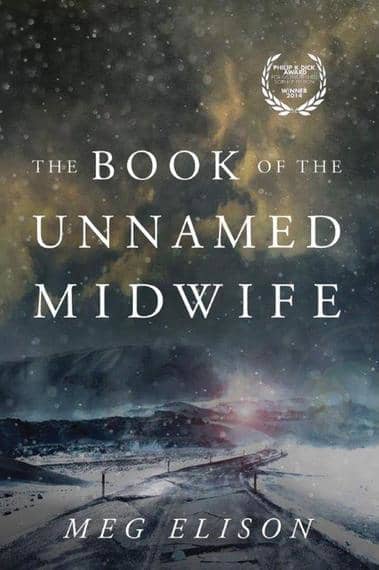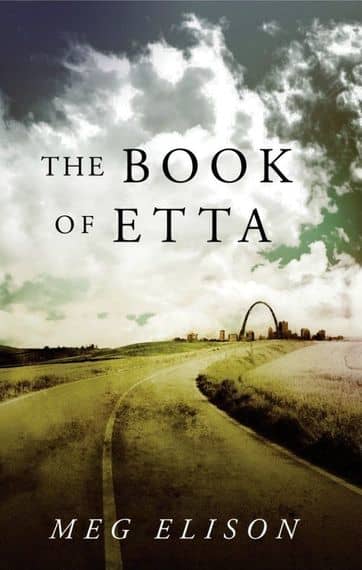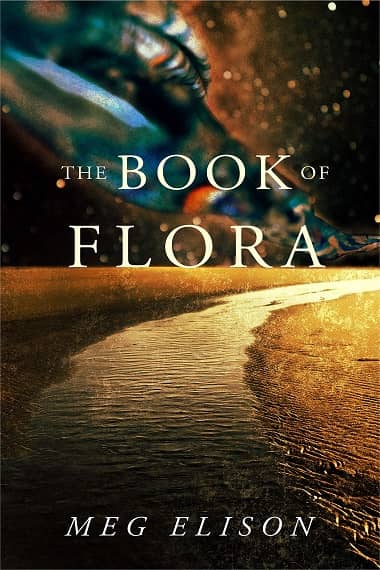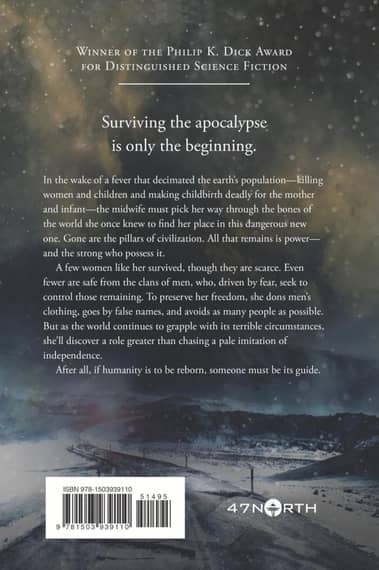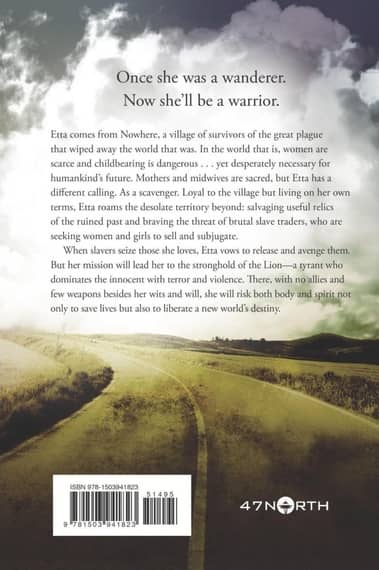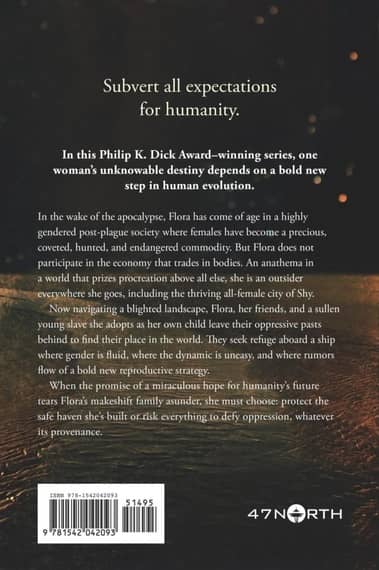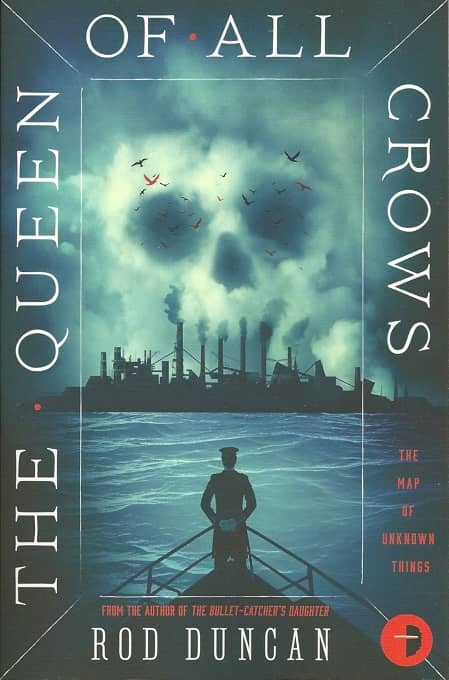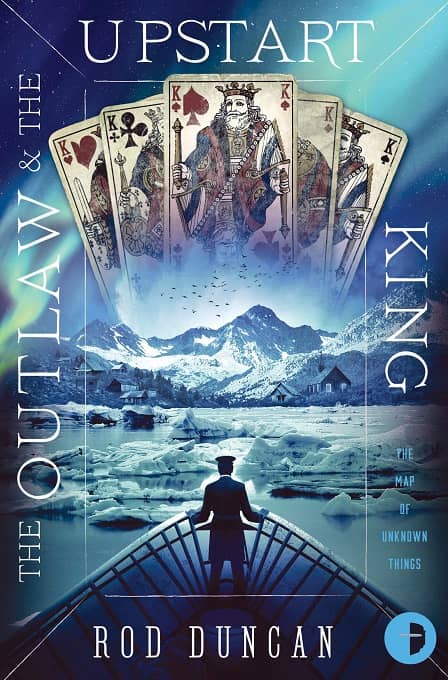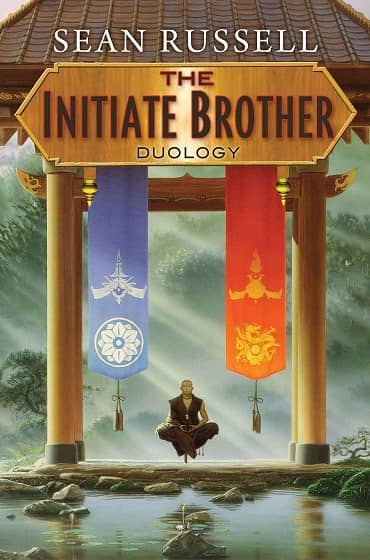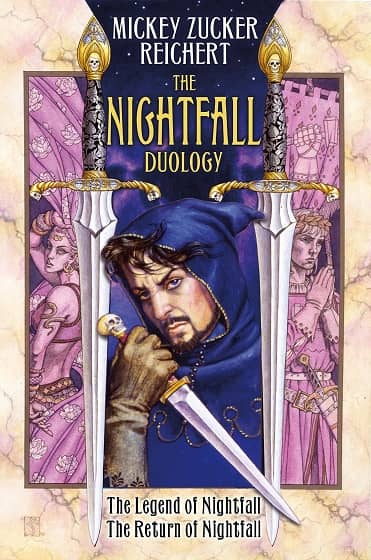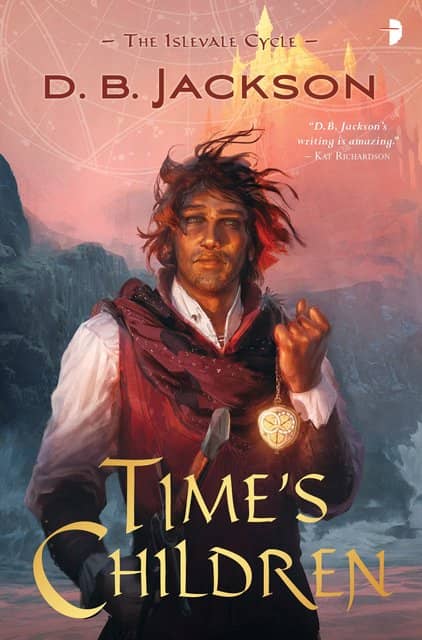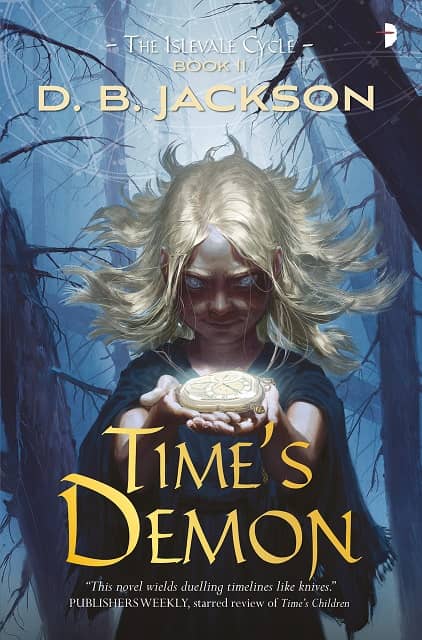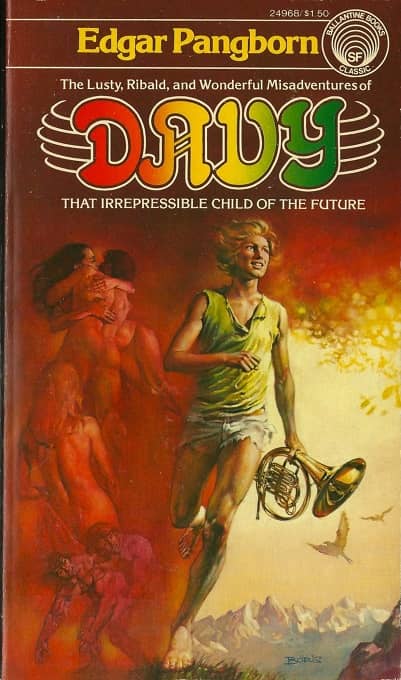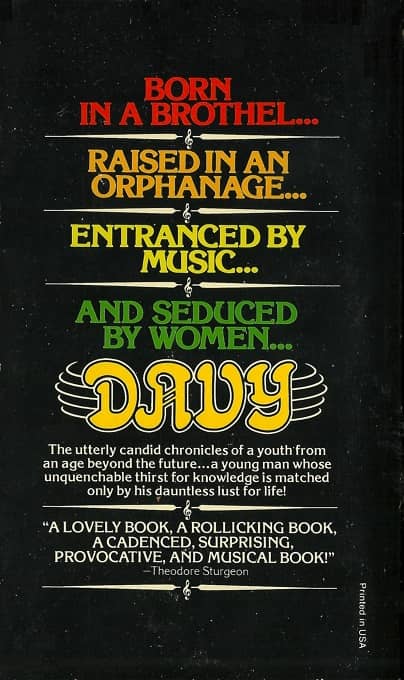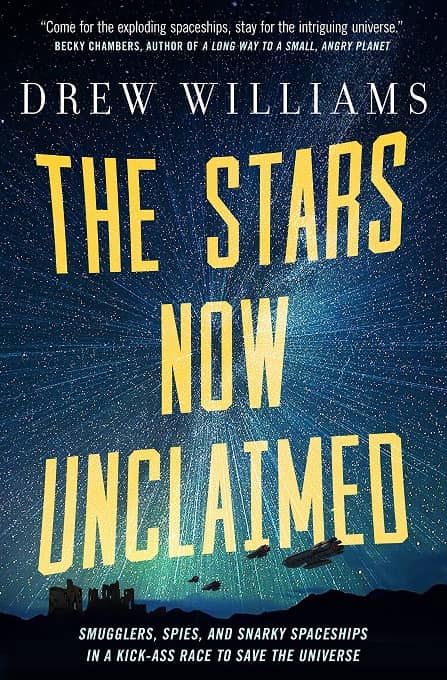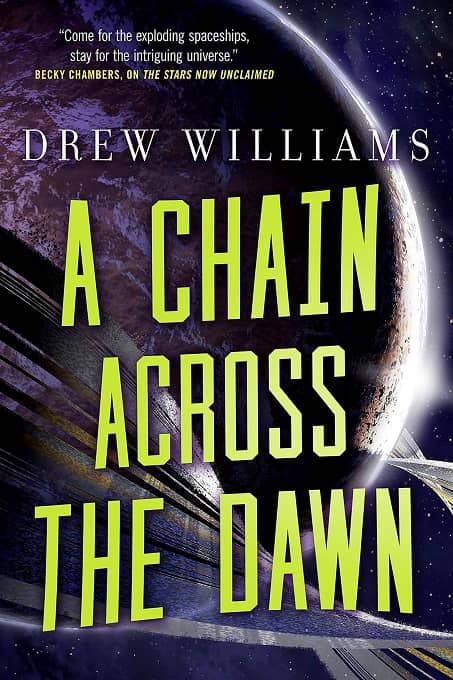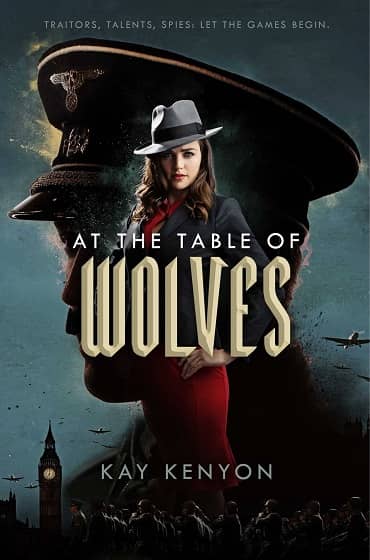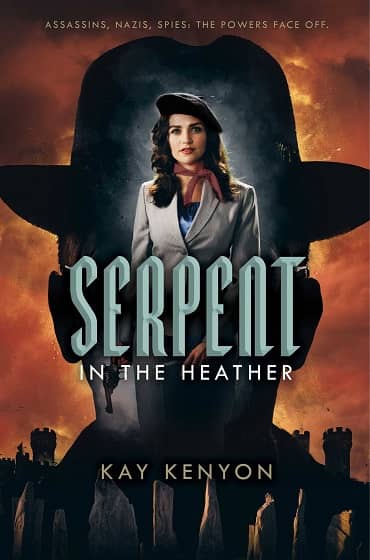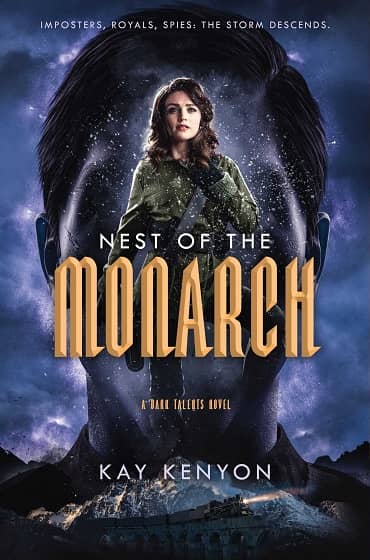Vengeful Gods, Deadly Monsters, and Secrets: God of Broken Things by Cameron Johnston
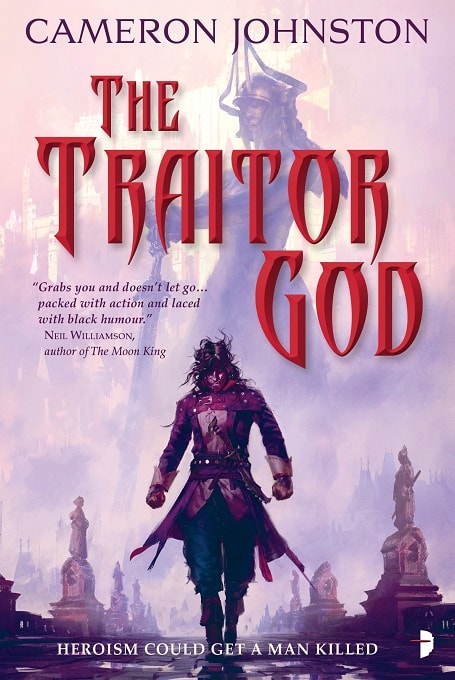 |
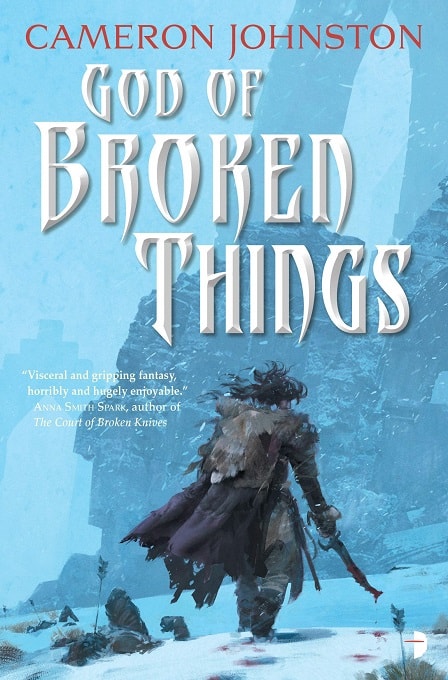 |
Cameron Johnston’s The Traitor God was one of the big fantasy debuts of last year, so I was delighted to find the sequel on the shelves during my regular trek to Barnes & Noble this weekend. In his weekly roundup of the best new SF & fantasy at The Barnes & Noble Sci-Fi and Fantasy Blog last Tuesday, Joel Cunningham waxed enthusiastic:
Outcast mage Edrin Walker has saved the world, but at great cost: he’s defeated the monster unleashed by his enemies, but it has already infected the leaders of his city with mind-controlling parasites…. and an [army] of invaders in marching on the city. Edrin gathers a band of anti-heroes to head them off in the mountains, but there also lie difficult trials: vengeful gods, deadly monsters, and secrets Edrin would rather stay buried. A wicked sense of humor and a cast of flawed but striving-for-good characters keeps this mid-series entry from getting too grimdark.
I never got around to reading The Traitor God last year, but the addition of God of Broken Things to the series makes it a lot more irresistible. They look damn good in my TBR pile, anyway. Here’s the publisher’s description for the sequel.
Tyrant magus Edrin Walker destroyed the monster sent by the Skallgrim, but not before it laid waste to Setharis, and infested their magical elite with mind-controlling parasites. Edrin’s own Gift to seize the minds of others was cracked by the strain of battle, and he barely survives the interrogation of a captured magus. There’s no time for recovery though: a Skallgrim army is marching on the mountain passes of the Clanhold. Edrin and a coterie of villains race to stop them, but the mountains are filled with gods, daemons, magic, and his hideous past. Walker must stop at nothing to win, even if that means losing his mind. Or worse…
God of Broken Things was published by Angry Robot on June 11, 2019. It is 432 pages, priced at $12.99 in trade paperback and $9.99 in digital formats. The cover is by Jan Weßbecher. Read an excerpt at the Angry Robot website.

